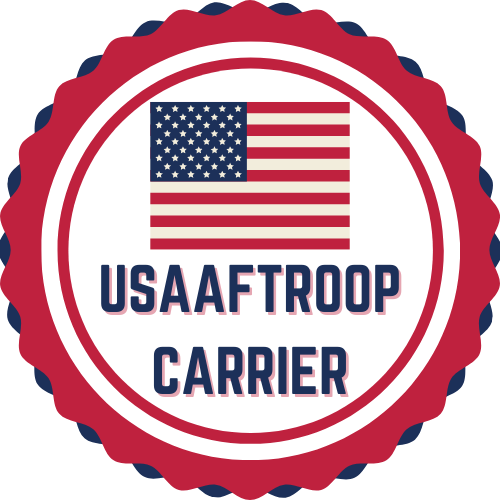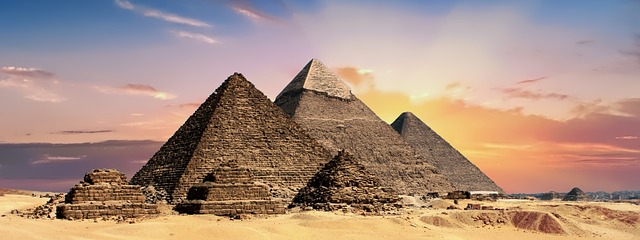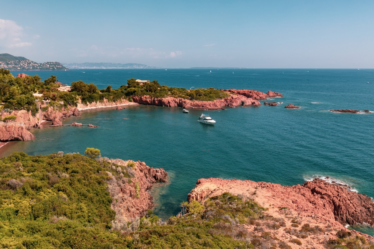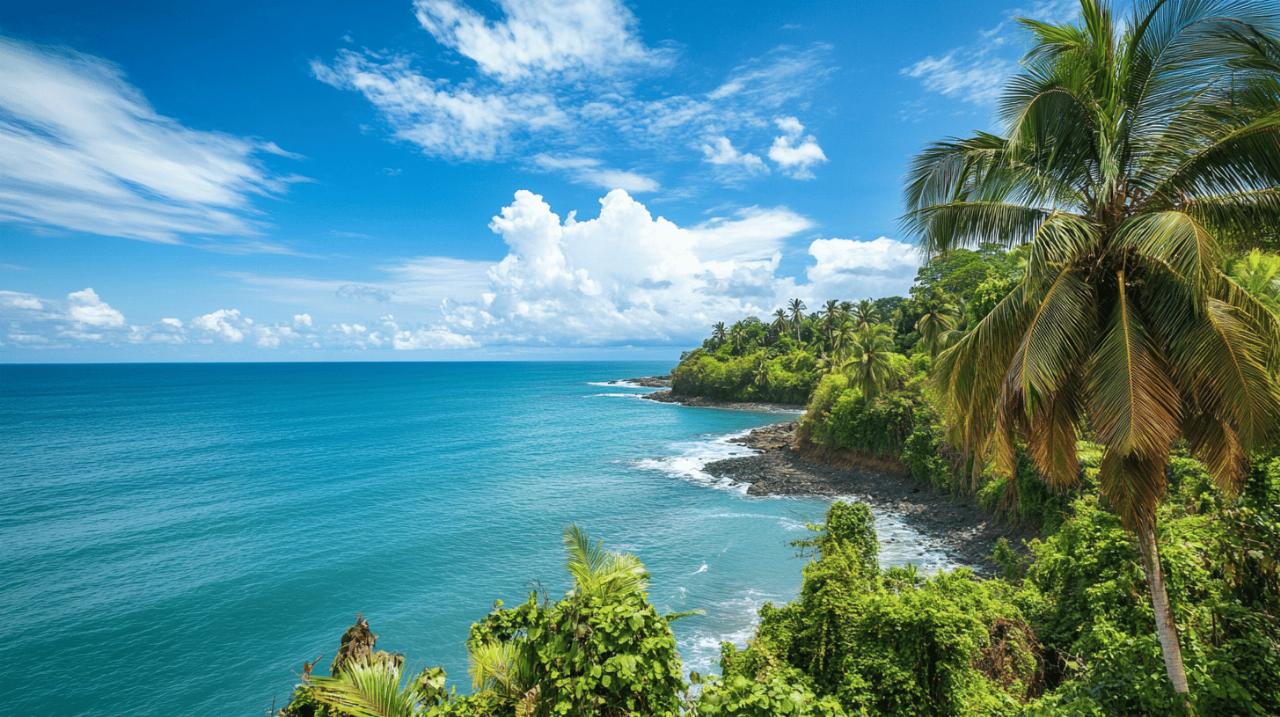
Embarking on a journey through French Guiana offers a unique opportunity for photographers seeking to capture the untamed beauty of South America's hidden gem. This overseas territory of France blends European influence with South American wilderness, creating a photographer's paradise of diverse landscapes and cultural riches. Whether you're wielding a professional camera or simply snapping with your mobile, these three destinations will fill your memory cards with extraordinary images during your road trip adventure.
Exploring cayenne: a photographer's urban oasis
As you begin your French Guiana road trip, Cayenne serves as the perfect introduction to the territory's visual splendour. This vibrant capital city offers a fascinating blend of colonial charm and tropical atmosphere that photographers find irresistible. The rental car you've secured will prove invaluable as you navigate between the city's photogenic districts and nearby natural attractions.
Colonial architecture and vibrant markets through your lens
Cayenne's historical centre presents a colourful canvas of Creole-influenced buildings adorned with wooden balconies and pastel façades. Early morning light casts a golden glow across Place des Palmistes, illuminating the stately palm trees and colonial structures in a way that creates depth and dimension in your photographs. The central market buzzes with activity as locals trade exotic fruits, spices, and handcrafts, offering endless opportunities for authentic cultural photography. Moving your camera thoughtfully between the market stalls captures the genuine expressions and interactions that tell the story of daily life in French Guiana.
Sunset Shots at Montjoly Beach: Timing and Techniques
As afternoon transitions to evening, drive your rental car to Montjoly Beach where the real magic happens for landscape photographers. This stretch of coastline just outside Cayenne transforms during the golden hour, with the setting sun creating dramatic silhouettes of palm trees against the amber sky. Position yourself along the shoreline about an hour before sunset to prepare your composition. The changing light creates a constantly evolving canvas as the tide shifts across the sand. Experiment with long exposures to capture the smooth movement of waves against the shore, creating ethereal images that convey both motion and tranquility.
Îles du salut: capturing history amidst natural splendour
Your road trip continues as you drive to Kourou to catch a boat to the fascinating Îles du Salut, an archipelago with a dark past and stunning present. These former penal colony islands now serve as a hauntingly beautiful backdrop for photographers interested in blending historical documentation with nature photography. The journey to these islands provides numerous opportunities to practice your maritime photography skills as the coastline recedes behind you.
Wildlife photography tips: monkeys, birds and marine life
The islands teem with wildlife that will test your nature photography abilities. Red howler monkeys swing through the canopy, requiring quick reflexes and a telephoto lens to capture their expressive faces and agile movements. Watch for the moment when they pause, as this creates the sharpest images of these constantly moving subjects. Sea birds dive dramatically into the azure waters surrounding the islands, offering spectacular action shots for those patient enough to wait for the perfect moment. Turn your lens toward the transparent shallows to photograph colourful fish darting between coral formations, experimenting with polarizing filters to reduce glare and enhance underwater visibility from shore.
Framing prison ruins against tropical backdrops
The weathered stone walls of the infamous prison buildings create compelling juxtapositions against the lush tropical growth that now reclaims them. These historical structures provide powerful focal points for your compositions, especially when framed by the verdant foliage that surrounds them. The harsh history of these beautiful islands creates a narrative tension in your photographs that viewers find captivating. Experiment with black and white conversions of these images to emphasize the textural qualities of the crumbling walls while highlighting the contrast between human construction and natural beauty.
Kourou: where space meets wilderness
Returning to the mainland, your French Guiana road trip takes you to Kourou, a destination that offers photographers the extraordinary opportunity to capture the intersection of cutting-edge technology and pristine wilderness. This unique combination creates visual stories that few other destinations can match, making it essential for photographers seeking truly distinctive images.
Photographing rocket launches: equipment and vantage points
The Guiana Space Centre represents one of the most unusual photography opportunities in South America. If your travel timing aligns with a launch schedule, prepare your gear for capturing these spectacular events. A sturdy tripod becomes essential for the long exposure shots that track the blazing trail of a rocket ascending through the atmosphere. Scout locations in advance, as the best vantage points can be found along the coastal road where unobstructed views allow you to capture the full trajectory against the sky. Even between launches, the massive launch facilities provide fascinating industrial landscapes to photograph, with morning fog often creating atmospheric conditions that add mystery to your images.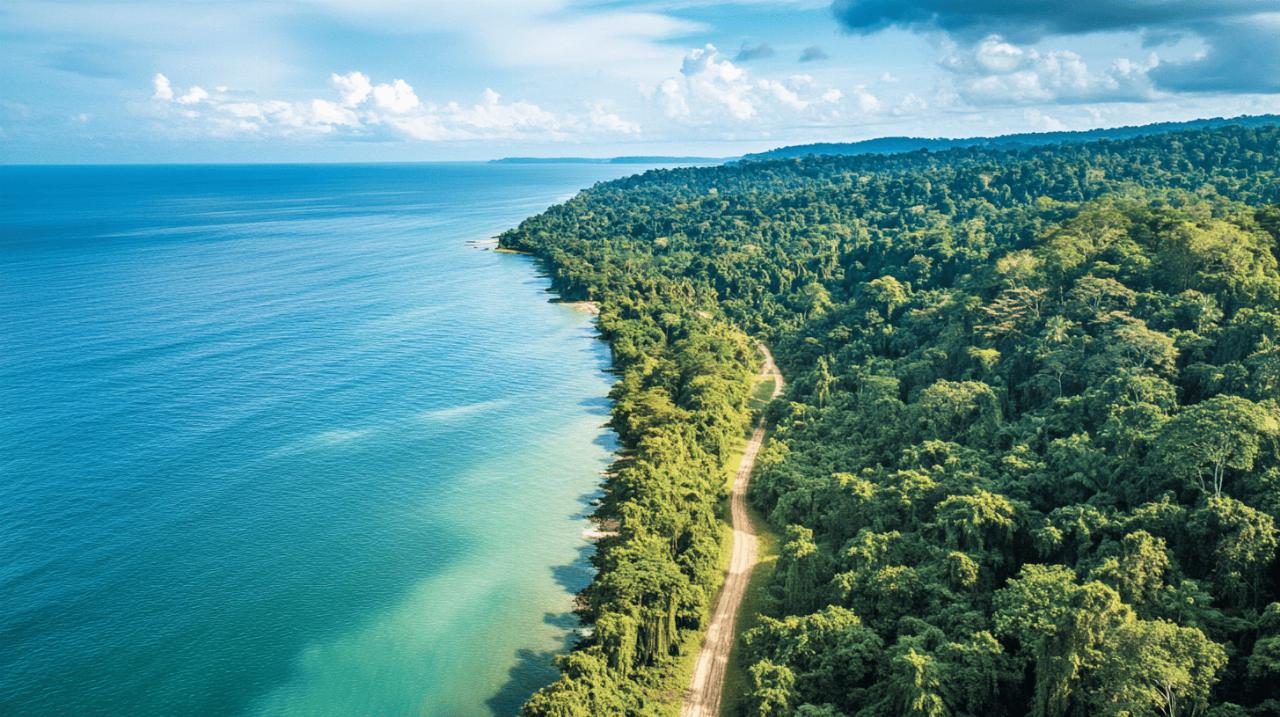
Coastal landscapes: capturing the dramatic shoreline
Kourou's coastline presents dramatically different scenes from those found near Cayenne, with more rugged formations and powerful wave action. The rocky outcroppings create natural leading lines that draw the viewer's eye through your coastal compositions. During your road trip exploration, seek out elevated positions along the shore where you can capture the sweeping curves of the coastline stretching into the distance. The interplay between dense jungle and open ocean creates natural frames that add depth to your landscape photography.
Essential photography gear for your french guiana adventure
As your road trip through French Guiana connects these three remarkable destinations, having the right equipment ensures you return with images that truly capture the essence of this unique territory. The variety of photography opportunities demands versatile gear that can handle everything from macro shots of jungle flora to wide-angle landscapes of beaches and architectural details.
Weatherproofing Your Equipment in the Tropical Climate
French Guiana's tropical environment presents significant challenges for photography equipment. The combination of high humidity and frequent rain showers can damage sensitive electronics if not properly protected. Silica gel packets stored with your gear overnight absorb moisture that accumulates during daytime shooting. Waterproof camera covers allow you to continue photographing during the brief but intense tropical downpours that occur regularly, especially during afternoon adventures. Remember that rapid temperature changes when moving between air-conditioned environments and the humid outdoors can cause lens fogging, so allow your equipment time to acclimate gradually to prevent missed shots.
Lighting challenges: mastering the harsh equatorial sun
The equatorial position of French Guiana creates lighting conditions that can frustrate even experienced photographers. The overhead sun casts harsh shadows and creates extreme contrast during midday hours. Combat these challenges by scheduling your most important photography sessions during the softer light of early morning and late afternoon. A collapsible diffuser becomes invaluable for portrait work during bright conditions, softening the harsh sunlight falling on your subjects. For landscape photography, graduated neutral density filters help balance the extreme difference between bright skies and darker foregrounds, allowing you to capture the full dynamic range of French Guiana's spectacular scenery as you complete your unforgettable road trip adventure.
Marais de kaw: a wildlife photographer's dream location
The Marais de Kaw wetland reserve stands as a crown jewel in French Guiana's natural landscape, making it an essential stop on any road trip through this South American territory. This vast expanse of marshland spans over 94,700 hectares, offering photographers unrivalled access to pristine ecosystems teeming with exotic wildlife. When planning your French Guiana road trip itinerary, allocate at least two days to explore this magnificent reserve properly. Your rental car will get you to the village of Kaw, but from there, boat tours are the primary means of venturing deeper into the wetlands.
Dawn Photography Expeditions in the Wetland Reserve
The magic of Marais de Kaw truly comes alive during the golden hours of dawn. Early morning expeditions offer photographers the perfect light conditions and increased wildlife activity. Book a guided boat tour that departs before sunrise to witness the marshland awakening. The misty waters create an ethereal backdrop as caimans glide silently across the surface and black caiman bask on muddy banks. Bring long lenses (200-600mm range) to capture the reserve's diverse bird population, including the striking scarlet ibis and roseate spoonbill whose vibrant plumage contrasts magnificently against the lush greenery. Many tour operators in Cayenne can arrange these specialised photography excursions, but booking in advance is essential, particularly if travelling during the dry season when wildlife viewing is at its peak.
Macro Techniques for Capturing Rare Flora and Fauna
Beyond landscape and wildlife photography, Marais de Kaw presents remarkable opportunities for macro photography enthusiasts. The wetland harbours countless rare plant species and tiny creatures worth documenting up close. Pack a dedicated macro lens (60-100mm) and a ring flash to illuminate the intricate details of poison dart frogs, exotic orchids, and fascinating insects that inhabit the reserve. When photographing in the dense vegetation, a tripod with flexible legs proves invaluable for achieving sharp images despite challenging angles. The floating meadows host miniature ecosystems worthy of patient observation, revealing water lilies and carnivorous plants unique to this region. For the best macro photography results, join specialised guided walks available during the drier months, when experienced naturalists can help you locate elusive subjects while ensuring you maintain proper distance for both your safety and wildlife conservation.
